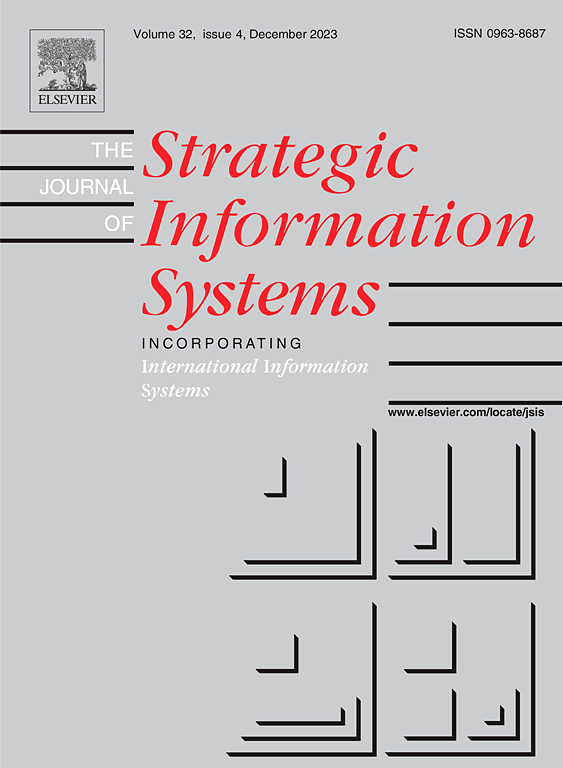如何生成所有可能的理性Wilf-Zeilberger形式?
IF 1.1
4区 数学
Q4 COMPUTER SCIENCE, THEORY & METHODS
引用次数: 0
摘要
Wilf - Zeilberger对是计算机生成的组合恒等式证明的Wilf和Zeilberger算法理论的基础。Wilf-Zeilberger形式是它们的高维推广,可用于证明和发现收敛加速公式。本文给出了所有可能的有理这类形式的结构描述,这些形式可以看作是经典的Ore-Sato定理的加性类比。基于这种类比,我们展示了所谓的多元超算术表达式的结构分解,它将多元超几何项扩展到可加性设置。本文章由计算机程序翻译,如有差异,请以英文原文为准。
How to generate all possible rational Wilf–Zeilberger forms?
Wilf–Zeilberger pairs are fundamental in the algorithmic theory of Wilf and Zeilberger for computer-generated proofs of combinatorial identities. Wilf–Zeilberger forms are their high-dimensional generalizations, which can be used for proving and discovering convergence acceleration formulas. This paper presents a structural description of all possible rational such forms, which can be viewed as an additive analog of the classical Ore–Sato theorem. Based on this analog, we show a structural decomposition of so-called multivariate hyperarithmetic expressions, which extend multivariate hypergeometric terms to the additive setting.
求助全文
通过发布文献求助,成功后即可免费获取论文全文。
去求助
来源期刊

Journal of Symbolic Computation
工程技术-计算机:理论方法
CiteScore
2.10
自引率
14.30%
发文量
75
审稿时长
142 days
期刊介绍:
An international journal, the Journal of Symbolic Computation, founded by Bruno Buchberger in 1985, is directed to mathematicians and computer scientists who have a particular interest in symbolic computation. The journal provides a forum for research in the algorithmic treatment of all types of symbolic objects: objects in formal languages (terms, formulas, programs); algebraic objects (elements in basic number domains, polynomials, residue classes, etc.); and geometrical objects.
It is the explicit goal of the journal to promote the integration of symbolic computation by establishing one common avenue of communication for researchers working in the different subareas. It is also important that the algorithmic achievements of these areas should be made available to the human problem-solver in integrated software systems for symbolic computation. To help this integration, the journal publishes invited tutorial surveys as well as Applications Letters and System Descriptions.
 求助内容:
求助内容: 应助结果提醒方式:
应助结果提醒方式:


